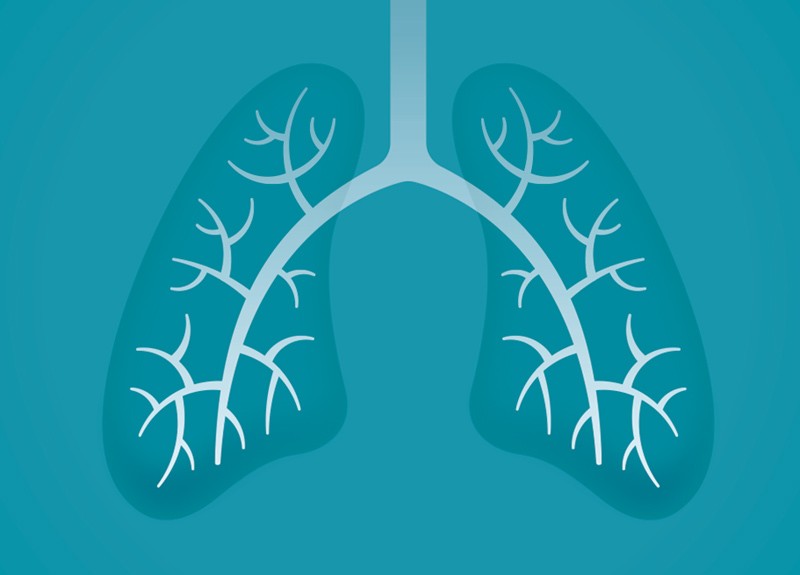People with idiopathic pulmonary fibrosis (IPF) have a life expectancy of 3–5 years, and existing therapies do little to slow progression. Writing in Science Translational Medicine, Hettiarachchi and colleagues describe a novel targeted molecule — consisting of a ligand for fibroblast activation protein (FAP) conjugated to an inhibitor of phosphatidylinositol 3-kinase (PI3K) — that slows fibrosis and extends life in mouse models of IPF.
FAP is a well-described marker for myofibroblasts. These cells are activated by transforming growth factor-β (TGFβ) in fibrotic tissue and secrete collagen and other fibrosis-causing proteins in a PI3K-dependent manner. The authors therefore used FAP ligand (FAPL) to specifically target myofibroblasts, and chose a PI3K inhibitor to reduce collagen production. PI3K inhibitors have been associated with toxicity in previous clinical trials, so the authors hoped to reduce this toxicity by targeting this compound specifically to myofibroblasts.
FAPL is taken up in endosomes by FAP-expressing cells: the authors visualized this phenomenon using FAPL-fluorescein, which was internalized by an FAP-expressing human lung fibroblast cell line and by cells from a patient with IPF. They therefore used a disulfide bond, which would be cleaved in the reductive endosomal environment, to attach their PI3K inhibitor to FAPL. The PI3K inhibitor itself was derivatized from omipalisib (GSK2126458), a dual PI3K/mTOR inhibitor that is in clinical trials for IPF.
A non-targeted version of their PI3K inhibitor reduced activation of this pathway and collagen production in human lung fibroblasts in response to TGFβ. The FAPL-conjugated version (FAP–PI3Ki1) also suppressed collagen production, but, because it was internalized by the fibroblasts, it retained efficacy after the drug was removed.
Bleomycin-induced fibrosis is a mouse model of IPF. An FAP-conjugated dye localized specifically to the lungs of bleomycin-treated mice, suggesting that targeting FAP-expressing cells in this model could be effective.
A single dose of bleomycin induces fibrosis and death in mice after 3–4 weeks. The authors treated mice with bleomycin and then, 10 days later, with either FAP–PI3Ki1 or vehicle. Bleomycin-treated animals lost weight. After FAP–PI3Ki1 treatment on day 10, mice once again gained weight at a similar rate to healthy mice, whereas the weight of vehicle-treated mice continued to decrease. None of the vehicle-treated mice survived to day 21 after bleomycin treatment (the experimental end point), whereas only 2 of 10 FAP–PI3Ki1-treated mice were euthanized before day 21. FAP–PI3Ki1-treated mice had less collagen deposition, PI3K pathway activation and other signs of fibrosis (such as expression of α-smooth muscle actin) than vehicle-treated mice.
In lung slices from patients with IPF, a 72-hour incubation with FAP–PI3Ki1 reduced collagen deposition relative to vehicle treatment.
Although further work is needed to bring this molecule into clinical trials, inhibiting PI3K in a targeted manner could be of substantial benefit in fibrotic conditions.








 User Center
User Center My Training Class
My Training Class Feedback
Feedback













Comments
Something to say?
Log in or Sign up for free